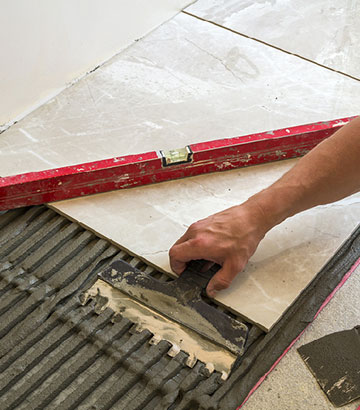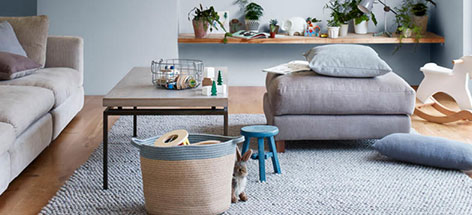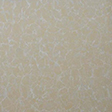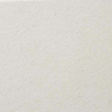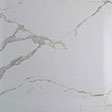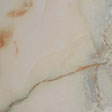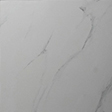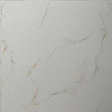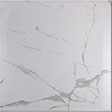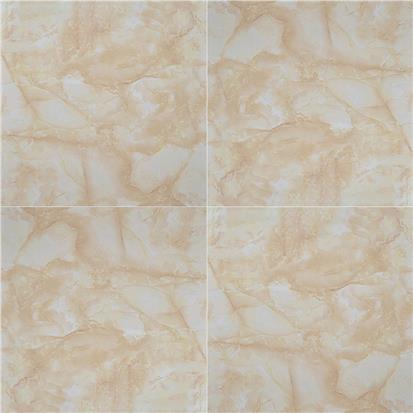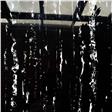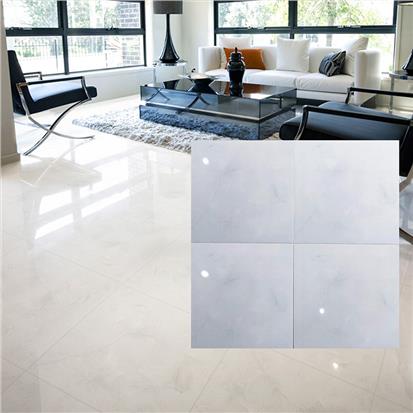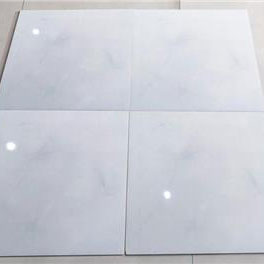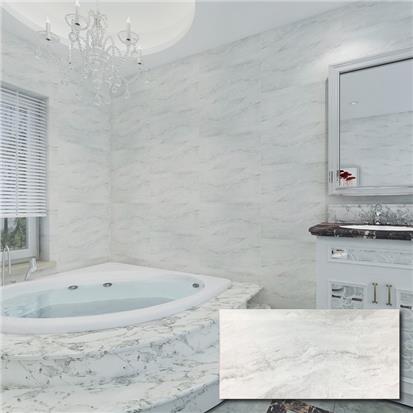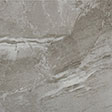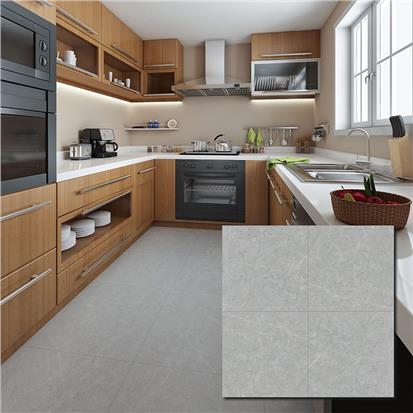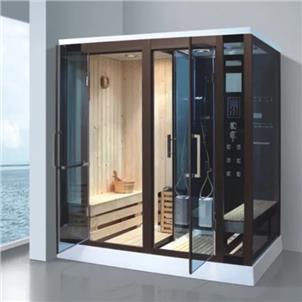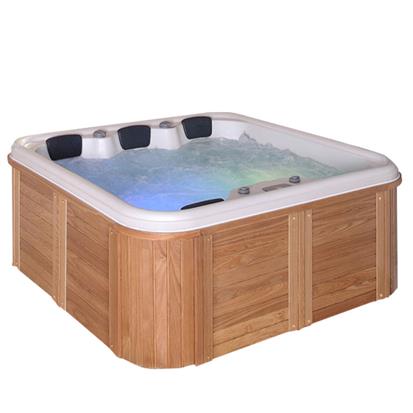There are many advantages for laying ceramic tile, such as easy cleaning, simple maintenance, no pollution, no air pollutants, long service life, generally can be used for 10-20 years, has good fire prevention, waterproof, anti-corrosion, environmental protection, etc. Here’s everything about ceramic tile installation, including ceramic tile installation price, laying method and acceptance standard.
How Can Ceramic Tile Installation Be More Beautiful And More Economical?
- The gap size of laying ceramic tile. In order to look good, the smaller the gap between tiles, the better. There are two important factors in the gap size of laying tile, one is the quality of tile, another is the width of the laid surface.
- Must use the ceramic wall tile to press the ceramic floor tile, the position of the bottom tile should be left, so the size must be accurate.
- The wall tile should be paved from the bottom to the top, and one wall can not be pasted to the top at one time. The cement mortar on the back of the tile should be slightly higher than the surrounding, and the surface should be fixed by tapping with a rubber hammer. In this way, the air accumulation in the bonding layer can be avoided, and the horizontal detection should be carried out at the same time.
- In pursuit of beauty, it's better to use the grout sealant. After drying, the grout sealant will become as hard as porcelain, and the surface is smooth, and it will be clean when it is dirty. The place where is always wet such as bathroom and kitchen is especially suitable.
- According to the different material of ceramic tile, the laying method is also different, the floor tile can be laid with cement mortar. If the wall tiles are ordinary ceramic tiles, they can be pasted with cement mortar. If they are porcelain tiles, which are heavy and do not absorb water, they should be mixed with special ceramic tile glue in the cement mortar, or separately installed with tile glue (thin paste method). The advantage of thin paste method is that the paste is flat and thin without hollowing.
Dry Lay Or Wet Lay Ceramic Tile?
- Dry laying method of floor tiles: In theory, dry lay method should be adopted for ceramic floor tiles. After watering the base course, remove floating sand and sundries. After paving the 1:2 dry cement sand mixed in advance, flatten the floor tile with a rubber hammer, then pick up the tile and turn over the surface, and evenly smear wet cement on the back of the tile, and then tamp it with a rubber hammer and test the level with a level ruler. The dry lay method can effectively avoid the occurrence of bubbles and hollowing in the installing process of floor tiles. However, due to the labor-intensive and high-tech content of the dry laying method, the cost of dry lay is much higher than that of wet lay.
- Wet laying method of floor tiles: After laying the cement mortar mixed in advance, smash the floor tile flat with rubber hammer, and then take up the floor tile, fill up the hollowing place caused by bubbles with mortar, and then evenly spread the dry plain ash surface, and then smash it with a rubber hammer and measure the level with a level ruler. The tile floor with wet lay method may produce hollowing and bubbles, which will affect the service life of floor tiles. However, due to the simple operation and low price of wet lay method, many people will choose wet lay floor tiles ceramic.
In conclusion, ceramic wall tiles can only be dry laid, floor tiles can be dry laid or wet laid, and large ceramic tiles are best dry lay.

What Is The Cost Of Ceramic Tile Installation
If you want tile in your home, you should plan on factoring in the cost of ceramic installation to your overall budget. You can calculate much of the installation cost by square footage. Ceramic tile installation averages around $5 a square foot to install. Porcelain tile generally comes in at a comparable $5-$6 per square foot. Natural stone tiles cost $7 per square foot on average for installation.
How To Check Ceramic Tile After Installation - Acceptance Standard
- Level: Can simply use level ruler to detect the level of ceramic tile: along the line of tile collage, if the hollow position is in the middle, then it is qualified! It is better to check with a level ruler during the process of laying ceramic floor tiles.
- Flatness: Touch the tile surface with your hand, especially the four corners of the ceramic tile. The tiles should be very flat and should not be raised. According to the state regulations, the horizontal difference shall not exceed 2mm when measured with a 2m guiding rule. All internal and external angles must be 90 degrees. An error of 3 mm is allowed
- Empty drum: Hand knock, first in the four corners of the tile, and then in the middle of the tile, if there is no sound, the quality is great, if you hear the sound, there is empty drum.
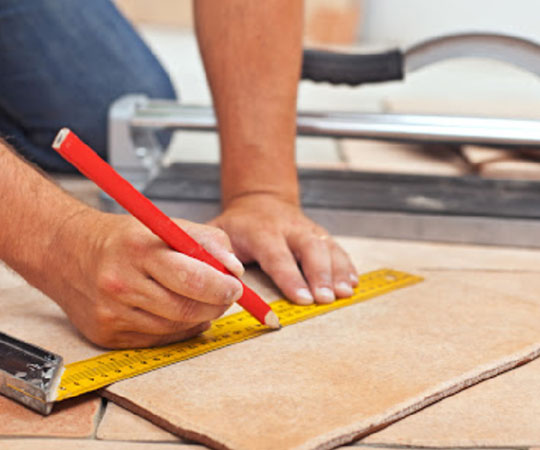
 EN
EN FR
FR PT
PT AR
AR

